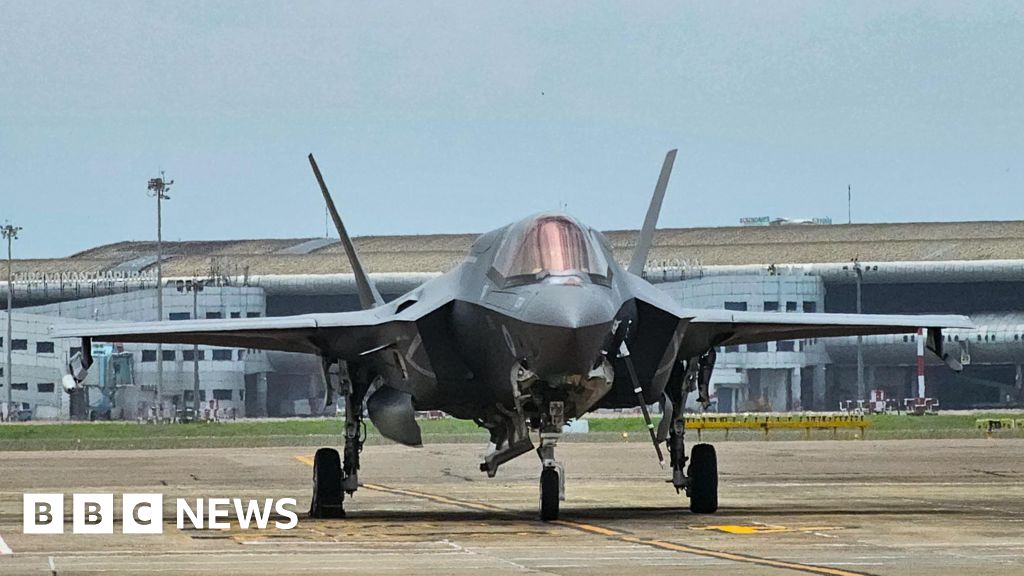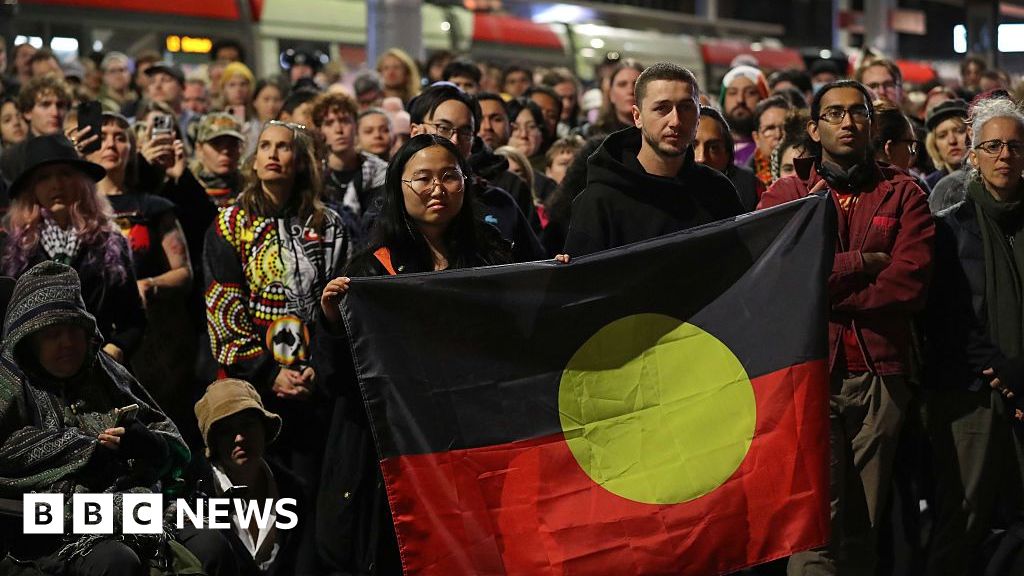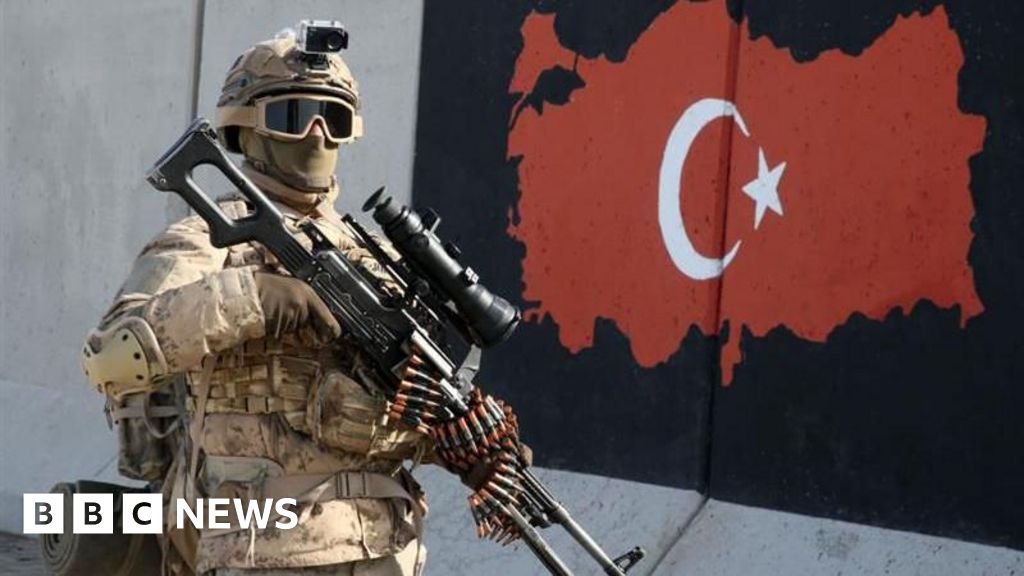Key Takeaways
- Ghibli-inspired memecoins frenzy is driven by the name and vibe of the original creators.
- AI tools like ChatGPT’s image generator helped turn Ghibli-inspired visuals into instant crypto bait.
- Investing in Ghibli-inspired memecoins is a high-stakes gamble with no safety net.
- The use of Studio Ghibli’s brand without permission opens the door to copyright and ethical issues.
The world of memecoins is a chaotic mix of culture, social trends, and economics—shaped by fascinating and nonsensical peculiarities. These tokens ignore logic. They run on memes, timing, and whatever’s absurd enough to go viral.
Lately, Ghibli-inspired memecoins have jumped into the spotlight. They take users to the iconic worlds of Studio Ghibli—from Spirited Away to My Neighbor Totoro— and now users can generate them in minutes.
The aesthetic is familiar, warm, and shareable. That is more than enough to create an internet viral trend—and spark a full-on memecoin frenzy around it.
This article examines how the trend is spreading, why AI art has become a launchpad for tokens, what it means for users and creators, and why people should look past the cuteness before buying in.
What Are Ghibli-Inspired Memecoins?
These memecoins are digital tokens inspired by the nostalgic universe created by Studio Ghibli, the Japanese anime company. However, these tokens are not specifically fan art—individuals make them to ride trends and fuel speculation on-chain.
They often have no specific utility, teams, whitepapers, or roadmaps. They exist to catch waves, go viral, and sometimes take off purely for fun.
A Ghibli-themed coin can pump within hours with the right meme and timing.
Why Ghibli Art Went Viral? ChatGPT Shift That Sparked a Meme Frenzy
Ghibli-inspired coins mainly took off because of some changes at OpenAI. For months, users could not generate images using artist names or recognizable copyrighted styles unless they did it in deceptive ways.
The tool blocked prompts referencing famous creators and image output stayed generic. But recently, something shifted.
Users suddenly found that prompts using styles and characters started working. Also, the images became richer, more layered, and visually aligned with what people associate with Studio Ghibli’s dreamy animation.
ChatGPT’s new image-generation tool is powered by GPT-4o, a model that fuses language and vision. It can handle longer, more specific prompts and render detailed character scenes, clean background art, and even stylized text inside images.
Within hours, Ghibli-style selfies and anime posters were everywhere on the internet.
Sam Altman, OpenAI’s CEO, even tweeted asking people to “stop making these images” as a joke due to the load it put on ChatGPT.
The internet did the opposite. The automation of anime images has been taken further.
The Rise of AI-Generated Anime Art in Crypto
The temptation is real. Once people realized they could turn their selfies into cute, wide-eyed characters in a dreamy Ghibli-style landscape, the next step felt obvious: tokenization.
A few prompt a touch of irony; suddenly, users are not creating characters but coins.
It works in simple steps: AI creates images at will, social media turns them viral, and crypto turns them into a memecoin.
It is fast and absurd and it is a trend.
Some of the peculiarities of anime memecoin trends are:
- Visual appeal: People like how these coins look. The Ghibli style draws attention fast.
- Emotional hook: The art makes it personal—even if it is ironic.
- Novelty factor: AI-generated anime still feels fresh.
- Creation is instant: A few prompts can build a memecoin—name, character and story within minutes.
- Speed wins: Projects launch in hours, not weeks. The first to trend usually wins.
- Narrative over function: These tokens do not have any utility; they do not claim to solve anything. They exist as a trend and go viral.
However, the rise of AI-driven anime coins is not only about visuals. It’s also about recognition.
Some coins now go viral by simply using the mere name “Ghibli.”
That is fueling what people are now calling Ghiblification—a wave of content and coins that imitate Ghibli’s look and feel and can profit from its name, too.
What Fuels the Memecoin Economy
The memecoin frenzy has taken off on chains like Solana and platforms like Pump.fun. Low fees, fast speeds, and minimal barriers let users mint and flip tokens in minutes.
According to CoinMarketCap, Ghiblification (GHIBLI) hit a $28.3 million market cap before dropping to $18 million. GhibliCZ, a nod to Binance’s CZ, spiked to $14.6 million, then crashed to $4.3 million. At least 20 other Ghibli-themed tokens have popped up. One even jumped 52.54% in an hour—hitting $23 million.
A big part of the memecoin economy runs on a gamble. Driven by the frenzy, individuals jump in for quick flips and significant gains—knowing it is a bold move, even if it looks like a game. The fear of missing out (FOMO) element also has a significant role. Speculative trading and internet culture thrive on it.
However, these flips do not come without risks.
Risks and Red Flags Behind the Memecoin Cuteness
While these coins look innocent, they are not. They can come with significant risks:
- Extreme volatility: Prices can pump fast and crash even quicker. Drops of 80–90% in minutes are standard, and there is no way back.
- Rug pulls: Anyone can launch a coin, hype it, and drain the liquidity. What is left is worthless.
- Whale control: A few big holders can move the whole chart. They buy, they dump, and small traders lose.
- Security flaws: Many of these tokens run on unaudited contracts. One bug or exploit can wipe out the funds.
- Low liquidity: Most tokens have a shallow trading volume. If a sell-off hits, you might not be able to exit.
- Pump-and-dump setups: Individuals hype projects on socials, then dump their holdings.
- Regulatory gray zone: These tokens live in a legal vacuum. New rules could wipe out entire memecoin ecosystems overnight.
Legal and Ethical Questions: Is Studio Ghibli Watching?
Sam Altman has posted Ghibli-style images, allegedly using himself as the template to fuel the trend. Elon Musk joined him, and millions of internet users, too.
But not everyone’s amused.
Hayao Miyazaki, the founder of Studio Ghibli, has expressed his disappointment and concern. “I am utterly disgusted. If you really want to make creepy stuff, you can go ahead and do it. I would never wish to incorporate this technology into my stuff (…) We are nearing to the end of times.”
The risks can become legal. Studio Ghibli does not license these Ghibli coins. In some cases, they use the studio’s name, characters, and aesthetic without permission, which can lead to copyright claims, trademark disputes, and takedown requests, among other things.
But the debate is not that simple.
Arguably, art is the product of individual or group inspiration, but it is also generative. While Studio Ghibli is one company with a signature look, the broader anime aesthetic does not come from one artist or one studio. It came from thousands of illustrators, designers, and—especially in the case of anime fans—anime fans who have built on each other’s work for decades.
Ghibli may be one of the main faces, but the style belongs to a much more extensive creative network.
So the question might be: Is it wrong to train a model on a visual style shaped and shared by an entire community? Is it only wrong when AI directly uses a specific artist’s name or copyrighted work? Or is AI the problem?
That is the line the internet is now testing—and no one agrees where it is.
Conclusion
Ghibli-inspired memecoins did not rise because of utility. They rose because of timing, nostalgia, and AI tools that made anime-style tokens look and feel personal. Platforms like Pump.fun made it easy. Social media made it viral. Traders made it risky.
These coins flip fast. Some pump into the millions. Others vanish in hours. They pull from a style many love—which raises real legal and ethical questions, especially when Ghibli’s name is used without permission.
Still, the bigger debate isn’t just about Studio Ghibli. It is about what counts as original in a space shaped by remix culture, AI models, and meme speed. As the line between homage and exploitation blurs, the internet will keep pushing it—until someone pushes back.
FAQs
Is it legal to use the name “Ghibli” or its style?
Technically, no. It risks copyright and trademark violations, but enforcement is inconsistent.
What are the biggest risks related to Ghibli-inspired coins?
Rug pulls, wild price swings, no utility, whale dumps, scams, and possible legal fallout.
What does “Ghiblification” mean in crypto?
It is when coins copy the Ghibli vibe—style, name, mood—to cash in on the trend, even without actual Ghibli content.
Disclaimer:
The information provided in this article is for informational purposes only. It is not intended to be, nor should it be construed as, financial advice. We do not make any warranties regarding the completeness, reliability, or accuracy of this information. All investments involve risk, and past performance does not guarantee future results. We recommend consulting a financial advisor before making any investment decisions.
Was this Article helpful?


















